Scientific and Medical Discoveries That Made a Significant Impact on Human Life
In the scientific and medical landscape of 2024, the revolution in artificial intelligence (AI) continued its rapid progress.
Thanks to the rapid evolution of AI, many research teams made significant breakthroughs this year, ranging from drug development to applications in healthcare and environmental research.
Here are some of the most impactful scientific and medical advancements of 2024:
The Astonishing Discovery of 300 Geoglyphs in Nazca, Peru, Found with AI Assistance
The Nazca Lines in Peru are one of humanity’s most baffling mysteries.
From the ground, the marks seem like simple grooves. But from the air, these grooves transform into mysterious shapes and figures that have amazed scientists since their discovery in 1927. In November of this year, a team of Japanese archaeologists, using AI and drones, found 303 geoglyphs previously unknown.
The scientists published their findings on the enigmatic purpose of these symbols in Proceedings of the National Academy of Science.
Fascinating Research on the Brain of a Fly That Will Shed Light on Human Thought Processes
In 2024, scientists achieved the first-ever detailed analysis of an adult animal brain.
This involved creating a complete map identifying the position, shape, and connections of each of the 130,000 neurons and 50 million connections.
The breakthrough was described as "a huge leap" in understanding our own brains, helping us better comprehend how we think.
"What are the connections? How do signals flow through the system that allows us to process information, recognize your face, hear my voice, and convert these words into electrical signals?" said Dr. Gregory Jefferis from the Medical Research Council in Cambridge, UK, one of the scientists involved in the study.
"The mapping of the fly’s brain is truly extraordinary and will help us understand how our brain works," he added.
The images published in Nature show a beautiful yet complex tangle of cables.
Revolutionary Vaccines Offering "Real Hope" for a Cancer Cure
Throughout 2024, various human clinical trials of revolutionary personalized vaccines based on messenger RNA (mRNA) technology were conducted in several countries.
These vaccines instruct the immune system, "training" it to recognize and destroy cancer cells, potentially eliminating the disease.
This same technology was used in some of the COVID-19 vaccines.
Initial trials targeting various types of cancer have shown promising results. In the UK, a Cancer Vaccine Launch Platform was introduced this year, bringing together multiple clinical trials using mRNA-based vaccines.
These trials are also being conducted in Germany, Belgium, Spain, and Sweden.
Nobel Prize-Winning Scientists Achieve the "Nearly Impossible Feat of Building Completely New Types of Proteins" with AI Assistance
This year, the Nobel Prize in Chemistry focused on proteins, the building blocks of life.
These compounds are found in every cell of the human body and control all chemical reactions, which together form the foundation of our existence.
The Nobel Committee describes them as "the ingenious chemical tools of life."
A better understanding of these tools has driven major advances in medicine.
What the three Nobel laureates achieved was cracking the code of these surprising structures.
David Baker "achieved the nearly impossible feat of building completely new types of proteins." And Demis Hassabis and John Jumper "developed an AI model to solve a 50-year-old problem: predicting the complex structures of proteins."
AI Tool That Detects Cancer Tumors That Doctors Can't See
The AI tool is called Mia, and it’s been working in British hospitals analyzing mammograms.
Mia’s job is to identify small signs of breast cancer that had been overlooked during doctors' reviews.
After analyzing nearly 10,000 mammograms, most of which showed no signs of cancer, Mia successfully identified the ones that did, including those of 11 patients who hadn’t been diagnosed by doctors.
Patients with tumors smaller than 15 mm at the time of diagnosis have a 90% survival rate over the next five years.
This is why Mia has been described as a tool reflecting "the immense potential of AI" in medical diagnosis.
"There’s no doubt that real-life clinical radiologists are essential and irreplaceable, but a clinical radiologist who uses knowledge from validated AI tools will increasingly be a formidable force in patient care," said Katharine Halliday, president of the UK’s Royal College of Radiologists.
Extraordinary Discovery of Liquid Water for the First Time Inside Mars
Mars has enough water to form oceans.
That’s what researchers found after studying data from NASA’s Insight lander, a robotic explorer that landed on Mars.
While the water is unlikely to be useful as a well anytime soon, as it lies between 7 and 12 miles underground, the discovery will help scientists understand the water cycle on the Red Planet, which is crucial for studying its climate, surface, and interior evolution.
The discovery could also point to another goal for the current search for evidence of life on Mars.
"Without liquid water, there’s no life," explained Professor Michael Manga from the University of California, Berkeley, who participated in the research. "So if there are habitable environments on Mars, they may now be deep beneath the surface."
Source: BBC
Related Articles

The exponential growth of digital services is pushing Earth’s resources to the limit. Relocating data centers to space emerges as a futuristic but increasingly serious solution.

Montana State University has unveiled a new business-focused hospitality degree designed to equip students with management skills and sustainable practices. The program aims to address workforce gaps in the tourism and hospitality industry.
Todos los derechos reservados

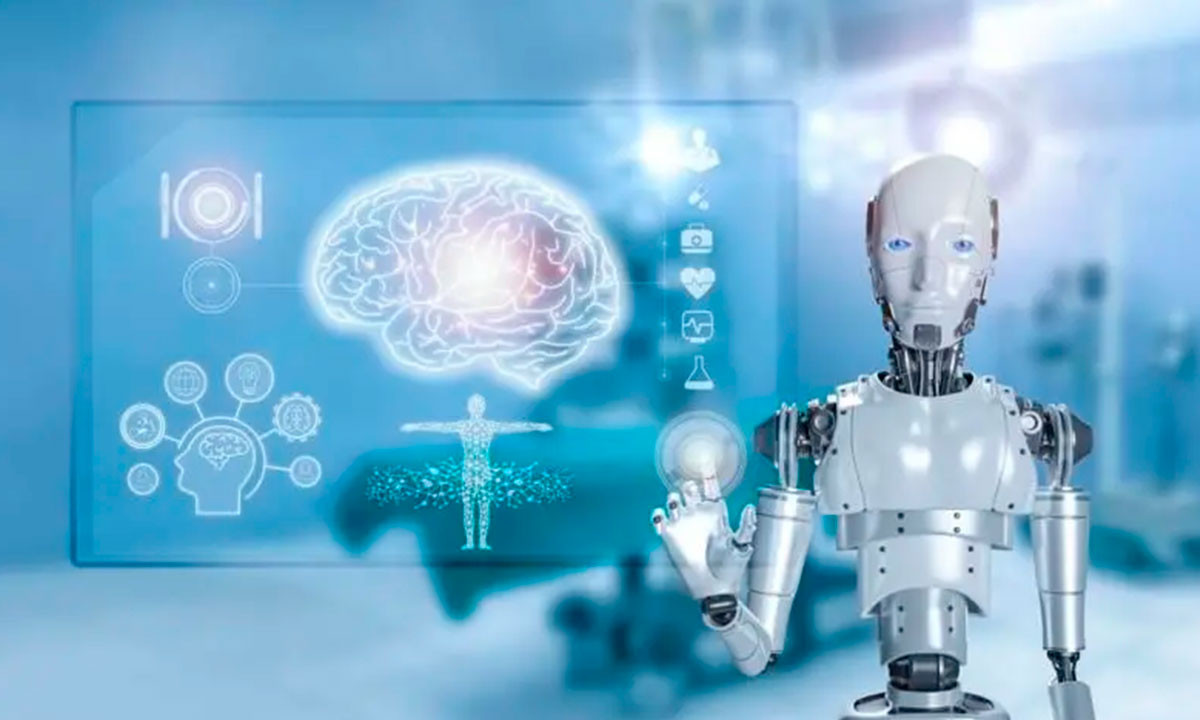
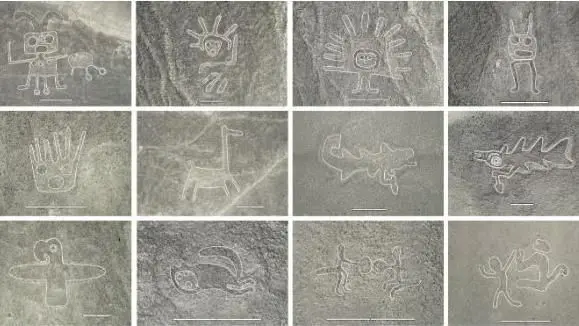
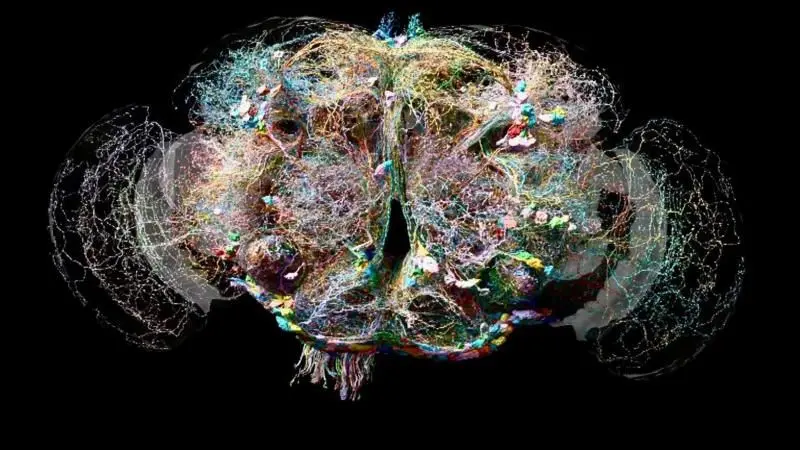

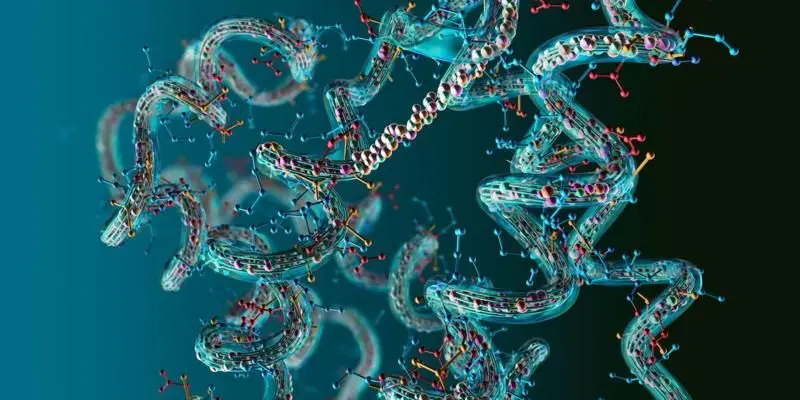
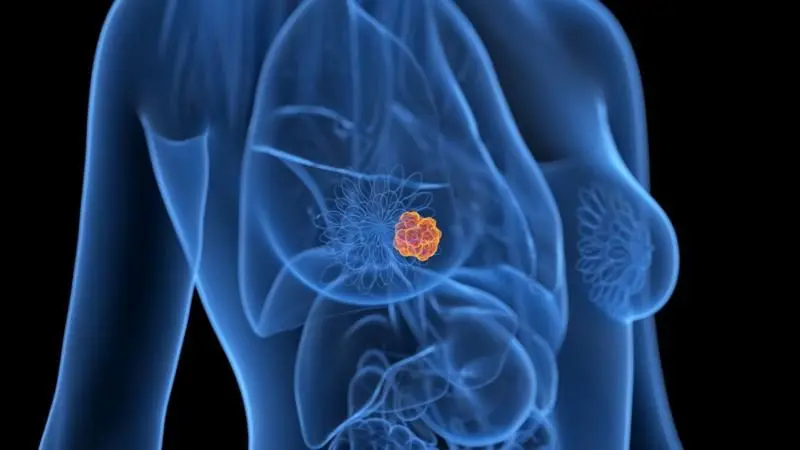
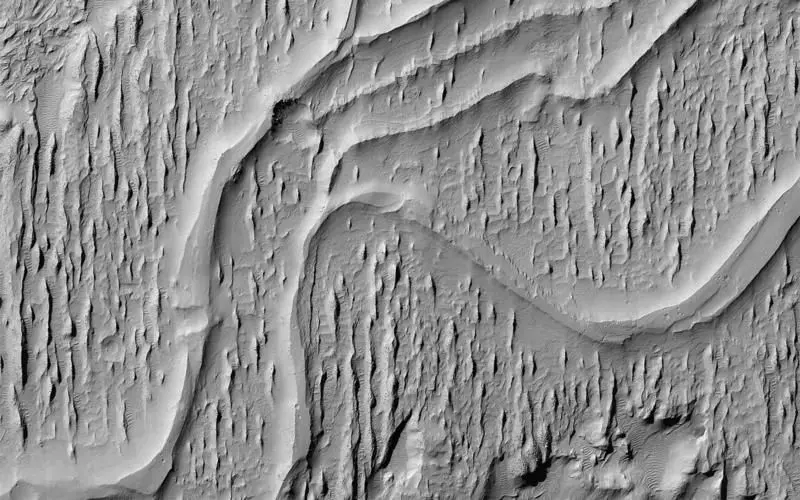

Comentarios